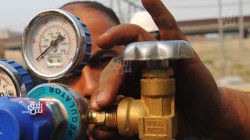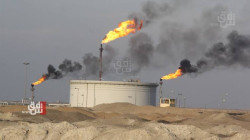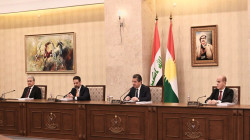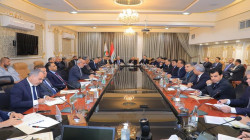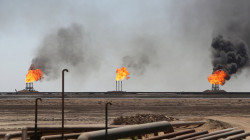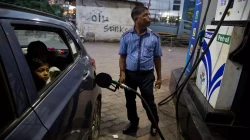Report: Why is Russia increasing oil production in Iraq?
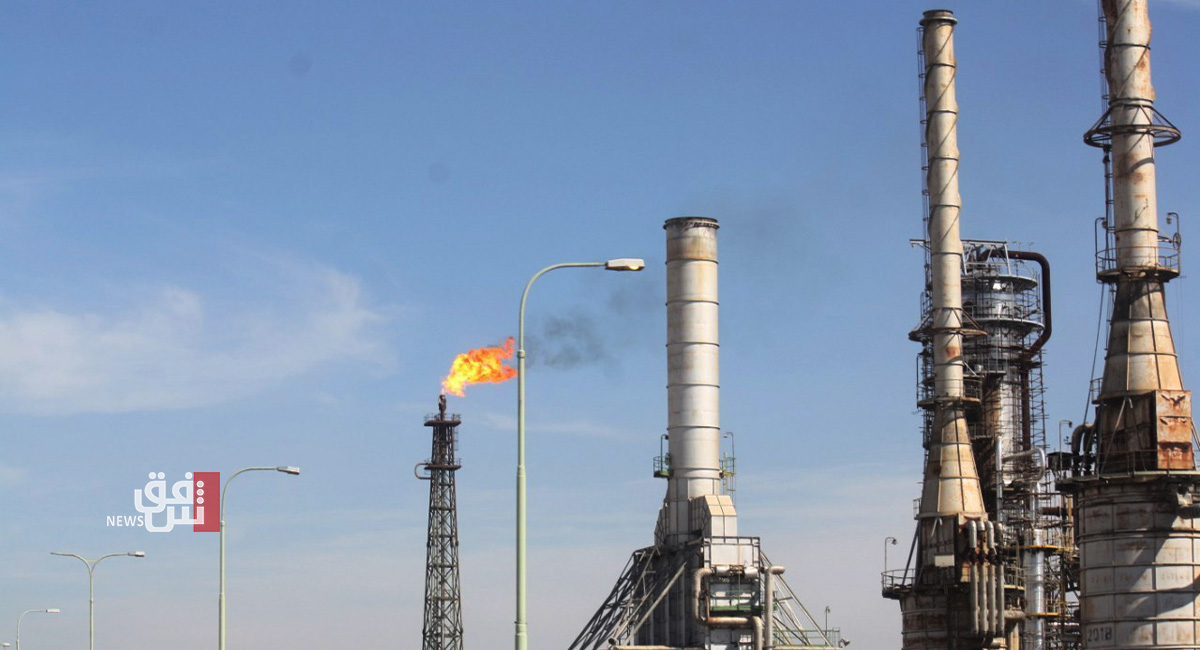
Shafaq News / Russia took control of the oil sector of the semi-autonomous region of Kurdistan (KRI) in northern Iraq in 2017 for four key reasons, as analysed in depth in my new book on the new global oil market order. First, the KRI has significant oil and gas reserves. Second, its troublesome relationship with southern Iraq, governed out of Baghdad, would allow Russia to play the role of mediator between the two parts of the country, giving it leverage over both sides. Third, this leverage could then be used to extend Russia’s grip over southern Iraq too, which has even more oil and gas reserves. And fourth, it would enable Russia to stymie any efforts by the U.S. and its allies to begin to rebuild their influence in the country. This last point found further resonance after March’s resumption of relationship agreement between Iran (Iraq’s chief regional sponsor) and Saudi Arabia, brokered by China. Specifically, a source who works closely with the European Union’s energy security apparatus exclusively told OilPrice.com at the time, Iran was told by a very high-ranking official from the Kremlin that: “By keeping the West out of energy deals in Iraq – and closer to the new Iran-Saudi axis - the end of Western hegemony in the Middle East will become the decisive chapter in the West’s final demise”.
With the future of independent oil supplies from the KRI looking highly precarious, Russia is moving firmly into the last phases of its plan for Iraq, as highlighted by serious discussions over the past two weeks for it to increase its presence in the country’s oil fields. A litmus test for both sides in this respect is Russia finally effecting a major increase in oil production from Iraq’s supergiant West Qurna 2 oil field. This field – along with the supergiant Rumaila – was cited recently by Iraq’s Oil Ministry as being vital to the country’s plan to increase its oil production capacity to around 7 million barrels per day (bpd) in 2027. The entire West Qurna oil field, located 65 kilometres northwest of the southern port city of Basra, has total estimated recoverable oil reserves of 43 billion barrels – making it one of the very biggest oil fields in the world. West Qurna 2 has estimated recoverable oil reserves of around 13 billion barrels and, like most of the big fields in Iraq (and Iran, and Saudi Arabia), it benefits from the lowest lifting costs in the world – at just US$1-2 per barrel. The original development plan for the West Qurna 2 field was to produce 1.8 million bpd but this was amended in 2013 to a three-stage plan in which peak production would be 1.2 million bpd. Phase 1 would add around 120,000 barrels per day (bpd) to the early 30,000 bpd of production from the site’s Mishrif Formation. Phase 2 would add another 400,000 bpd from the full development of the Mishrif Formation. And Phase 3 would add another 650,000 bpd from the development of the deeper Yamama Formation.
However, it was at the time of this transition from Phase 2 to Phase 3, scheduled to start around the middle of 2017, that the trouble started from the Russian side, which is why output from the field has barely moved in years. The genesis of the trouble was that Russia’s key corporate oil proxy in Iraq at the time, Lukoil, believed the level of remuneration it was receiving per barrel drilled was too low. It was being paid US$1.15 per barrel recovered – the lowest rate being paid to any international oil company (IOC) in Iraq at that time and dwarfed by the US$5.50 per barrel being paid to GazpromNeft to develop the Badra oil field. Making matters worse for Lukoil at that point was that it had already spent at least US$8 billion in developing West Qurna 2, and compounding this grievance was the fact that Iraq’s Oil Ministry still owed it around US$6 billion in remuneration on recovered barrels and other development payments. In August 2017, a senior source who works closely with Iran’s Petroleum Ministry exclusively told OilPrice.com at the time, Lukoil was assured that Iraq’s Oil Ministry would very quickly pay the US$6 billion that it owed the company and that a higher compensation rate per barrel would be looked into as soon as was feasible. In addition, the Oil Ministry agreed to extend Lukoil’s contract period from 20 to 25 years, so lowering the average yearly cost to the Russian firm. It was also agreed that Lukoil would invest at least US$1.5 billion in West Qurna 2 in the following 12 months with a view to raising production from the 400,000-bpd level closer to the 1.2 million bpd peak production target.
However, only one month later, 93% of the people of Iraq’s semi-autonomous region of Kurdistan voted in favour of complete independence from Iraq and chaos ensued, seeing Iranian forces move into the KRI, with Russian support. Only one month after that, Russia effectively took control of the region’s oil sector, and looked to put the squeeze on the Federal Government of Iraq (FGI) run out of Baghdad. As also analysed in depth in my new book on the new global oil market order, Russia looked to gain more favourable terms for its existing operations in the FGI region, and for new oil field development awards there, by interposing itself between the two sides in their ongoing dispute over the 2014 ‘budget disbursements-for-oil’ deal.
Part of Russia’s manoeuvring at this point was doing nothing to increase production from West Qurna 2. Crucially for what followed, Lukoil knew back then that it was perfectly capable of producing at least 635,000 bpd on a sustained basis. According to the Iran source, the Russian oil firm had hit 650,000 bpd production over extended periods in August and September 2017, and its engineers had assured senior management that 635,000-bpd production was achievable on an ongoing basis with no problems. At the end of November 2017, though, Iraq’s Oil Ministry found out that Lukoil was holding out on them. It threatened to withhold all payments due to Lukoil until it began to increase production steadily up to the 635,000-bpd level that its own production tests had shown was perfectly achievable. In response, and after the withdrawal of several IOCs from Iraq, Lukoil’s senior management thought that the time was right to try again to force the Oil Ministry into honouring its previous promises to increase its per barrel compensation on the West Qurna 2 field. Lukoil added that it was not making the 18.5 percent revenue per year from the field that it had expected – only around 10 percent, in fact - and that the Oil Ministry needed to improve this, otherwise it would exit the project. Surprisingly for the Russians, the Oil Ministry’s response was to say that it was fine if Lukoil wanted to leave but that before it did so it would pay compensation in lieu of the upfront investment that it promised in 2017 and promised again in 2019, as it was not meeting the time-sensitive oil production targets that it had agreed to.
From that point, the standoff remained in place, up until recently. According to the Iran source, Lukoil has increased production over the past few weeks from 400,000 bpd to around 480,000 bpd. “From this point it could be increased back above 600,000 bpd in just a few weeks, and it looks like the Russians are serious this time he added,” he said. “With the Iran-Saudi deal, the last part of Russia’s move with China to secure the whole region [Middle East] is in play,” he added. “A unified Iraq is a key element of this, as the three countries together [Iraq, Iran, and Saudi Arabia] are the heart of the Middle East and the heart of its oil and gas reserves, so to have control over that is a huge geopolitical advantage, and one the Americans wanted as well before their plan fell apart,” he concluded.
(Oil Price)
